Nothing defines the Moroccan culture as distinctly as its tea. From the tea to the tea pot, from the tea pot to the tea glasses, and from the tea-glasses to the tea-drinking, the Moroccan tea culture is all about being unhurried and artful, gentle and graceful, warm and welcoming.

History
Like many cultures in WANA (Western Asia and Northern Africa) countries, tea came late to Morocco. While there is an interesting story that the famous Moroccan traveler, Ibn Batuta, first introduced tea to Morocco as early as the 14th century, it is only at the turn of the 18th century that the British introduced tea to Morocco. By the mid of 19th century, Moroccans started to have a strong liking for tea.
Today, there is a remarkably vibrant tea culture in Morocco that the Moroccans are rightly proud of. Tea is intricately woven into the social fabric to life and has become a symbol of traditional Moroccan hospitality. Every guest, at home or office or shop, is warmly welcomed with freshly brewed tea. Tea precedes, accompanies and ends every meal. Tea is also at any time between meals. The day ends with tea before going to bed.
Moroccan Mint Tea

Moroccan tea has a very special and distinct identity. Its popular name is a dead giveaway - just like the Indian Masala Chai tea and the English Breakfast tea, Moroccan Mint Tea is what defines and differentiates tea in Morocco.
Also called Maghrebi tea or Tuareg tea, Moroccan tea is prepared using the Chinese green tea, particularly the tightly curled gunpowder grade. Fresh spearmint leaves are the signature addition that gives Moroccan tea is special taste and flavor. And of course, a lot of sugar is added to give is sweetness.
Atai : The Process and Preparation
Moroccan tea is also called Atai. Atai is the term that describes the entire process of preparing, pouring, and serving Moroccan tea. Atai is also the symbol of Moroccan hospitality, and like in many tea cultures around the world, refusing Atai is considered both impolite and rude. The preparation and the process of Atai is also unique. It entails signature steps and gestures - each having a special meaning and symbol.
Preparation 
(Source : Commons Wikipedia)
-
In a teapot, take about two teaspoons of gunpowder Chinese green tea (always loose-leaf and never tea-tags) with half a litre of boiling water
-
Steep for at least 15 minutes
-
Without stirring, pour the tea into a separate glass or kettle, and keep it aside
-
Add more boiling water to the tea-pot and quickly throw it out - this is done to remove the harshness and bitterness of the tea
-
Add back the tea kept aside
-
Add sugar and fresh spearmint leaves
-
Allow to boil over medium heat for another 5-7 minutes - this is a key step in preparation as the sugar undergoes hydrolysis, giving Moroccan tea its distinct taste
Pouring 
(Source : Commons Wikipedia)
-
The tea is always poured from a metal tea pot that has a long and curvy spout
-
Once the tea is ready, the host will pour the tea into ornate glasses
-
The host will pour tea into glasses and then return it to the tea pot - this is done thrice to ensure the tea gets mixed properly
-
The final cup for the guest will be poured from a height of at least half a metre to ensure there is froth
-
Guests can also add more spearmint leaves if they so desire
-
Froth is the hallmark signifying the tea has been prepared well

(Source : Commons Wikipedia)
There are many interesting views about why Moroccans are so particular about pouring tea from a height. Of course, the main reason is for the tea to have a layer of froth at the top. If the froth is not sufficient, the host might prepare the tea afresh. But many believe that pouring tea from a height ensures that tea gets re-aerated and gains the oxygen that it lost during boiling of the water. Another interesting view is that pouring tea from a height reduces its temperature and cooling it just enough so that the guests do not get scalded.
Pouring tea from this long and curvy spouted tea-pot is an enduring and unmistakable image of Moroccan tea culture and tradition. Whether at homes or tea-houses or shops or offices, traditional Moroccan tea is always poured from a height and without spilling even a drop. This is both an art and a theater that never fails to draw attention of the guest.
Serving 
(Source : Commons Wikipedia)
The host serves tea to guests in small glasses. Depending on the time of the day, tea can be served with snacks, but it is not necessary to serve tea with any food. Serving just tea is equally socially acceptable.
The unique facet of Moroccan tea is that it is always served thrice. As soon as the first serving has been poured, more hot water is added to the tea pot. Fresh spearmint leaves and sugar are added, but never more tea leaves. The first serving is the strongest, followed the second serving that is milder and finally, the third serving which is the weakest.
There is a famous Moroccan saying that brilliantly captures why tea is always served thrice :
The first glass is as bitter as life,
the second glass is as strong as love,
the third glass is as gentle as death.
Moroccan tea culture is all about appreciating and enjoying the finer things in life. Unlike a cup of espresso, it is never gulped down in a hurry. Moroccan tea is all about simple pleasures, hearty conversations and deep bondings.
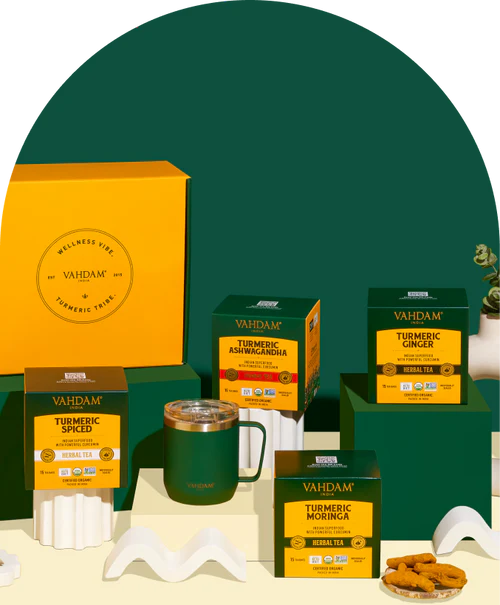
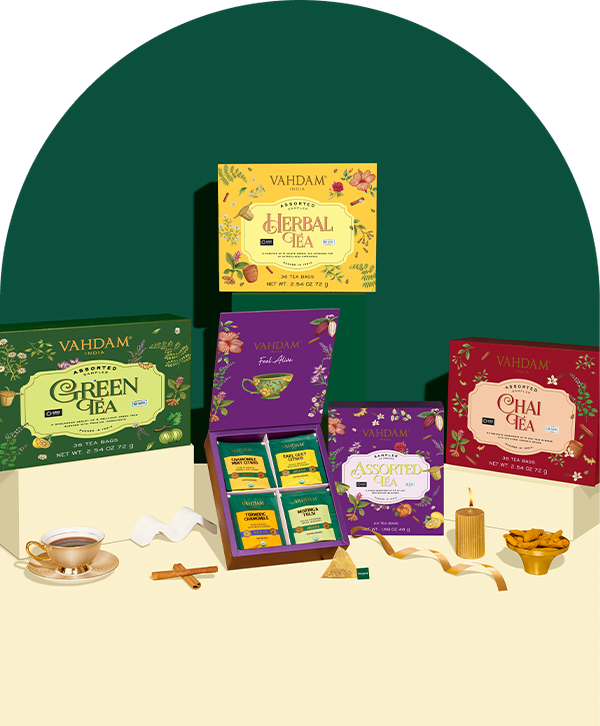
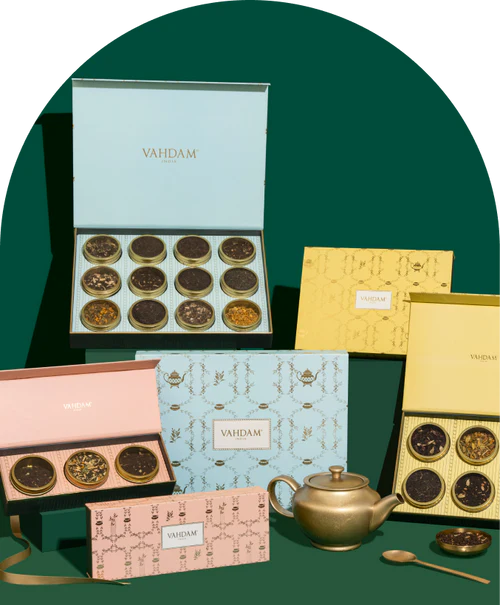
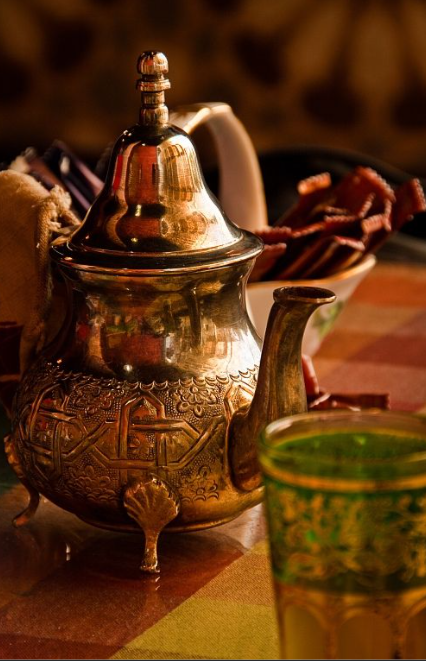
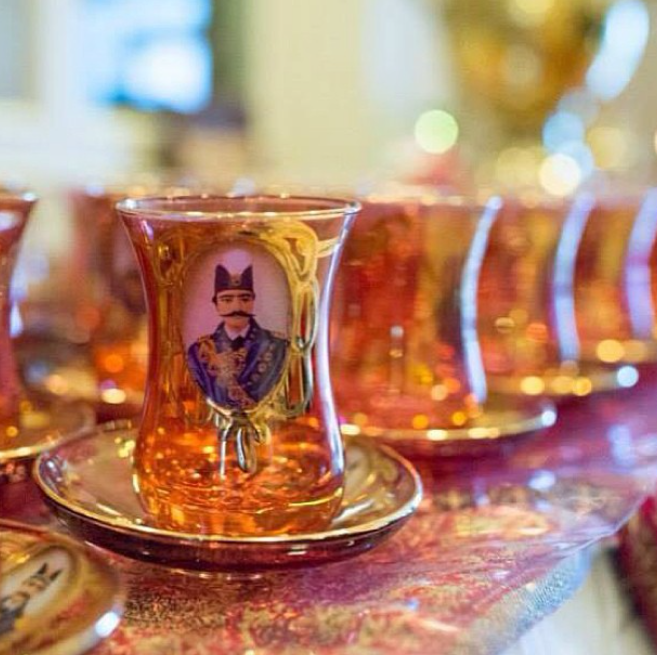
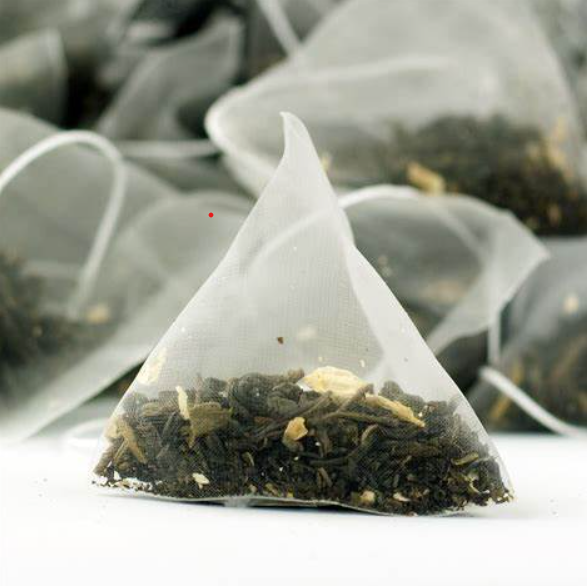
Leave a comment
All comments are moderated before being published.
This site is protected by hCaptcha and the hCaptcha Privacy Policy and Terms of Service apply.